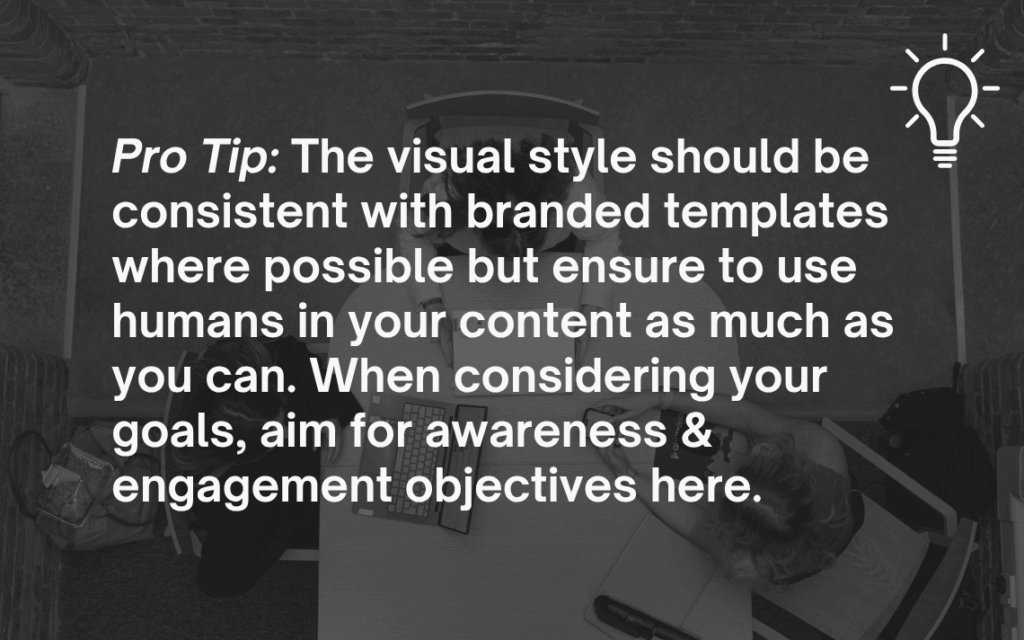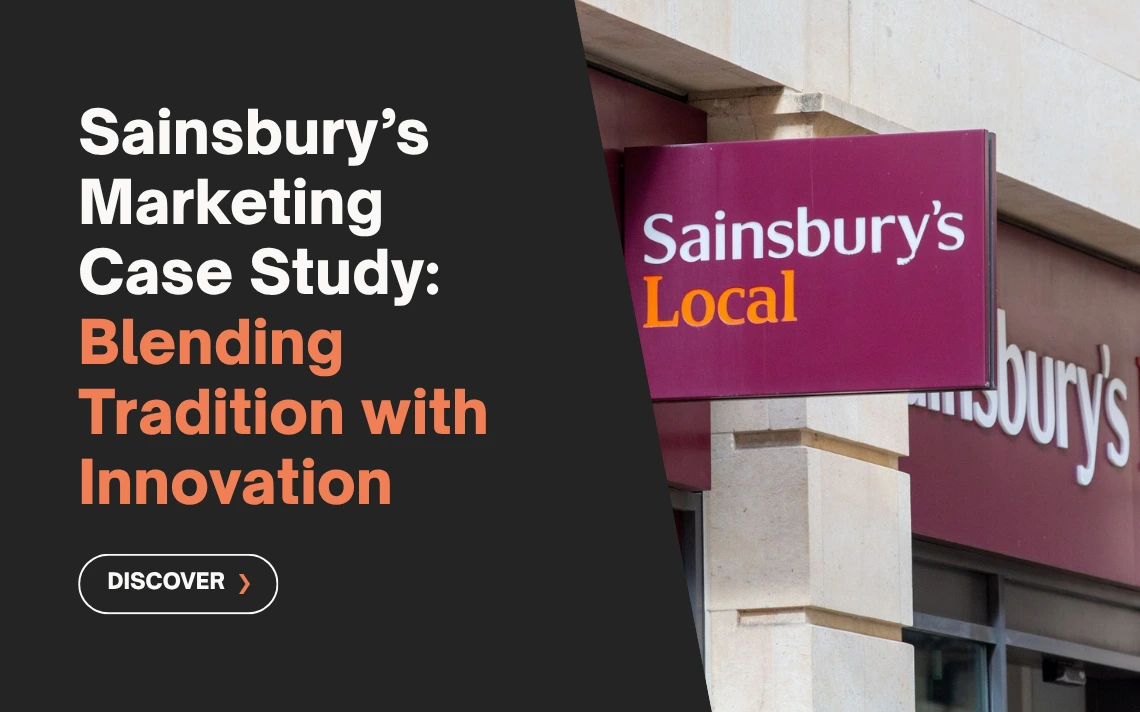
LinkedIn Isn’t Enough: How Skills Platforms Can Win on TikTok, Instagram, and YouTube
When it comes to showcasing your skills online, instantly most minds will go to LinkedIn as the source. However, if the content that is being produced only exists on LinkedIn, you’re already preaching to the converted. It’s a great source for professional development content but can restrict reach those audiences who are already career focused.
As the next generation enters the workforce, they will seek to find new skills on other platforms such as TikTok, Instagram and YouTube. To grab their attention, skills platforms must invest their time in developing the language & right content that resonates with these audiences.
Why Skill Content Belongs on Entertainment Platforms, Not Just LinkedIn
Learning behaviour has changed, there is a shift towards “micro-learning”. This is most done through TikTok videos and Instagram reels, where the user digests a short video with a memorable topic.
YouTube Shorts has gained popularity with audiences as source of short-form video where user can learn something quickly, without having to skip through a 30-minute YouTube video.
TikTok is also great for fast, trend driven topics where often news or events are announced before they hit mainstream news platforms & websites. This is due to the users being the reason it exists, rather than someone else reporting on it. The same can be said for skills content, it’s possible to discover something that is relevant to your interests based on their algorithm.
Instagram is ideal for visual storytelling. Like TikTok, there is the need for social validation, where the user seeks and values recognition, approval and confirmation from others to influence self-perceptions, confidence, and behaviour.
YouTube is perhaps the “OG” place to find deep-dives and tutorials on nearly every topic. Most of us have used YouTube when trying to carry out a task we have no idea about, fix an issue around the house or learn a new skill.
Skills platform must position themselves as both educators and influencers, attracting those who aspire.
Channel-by-Channel Strategy
There is no “one-size fits all” when it comes to creating a strategy on the various social platforms. Each have their own individual placement sizes, tone of voice and overall style to work with the algorithms.
TikTok: Make Learning Trendy
Once you have decided on the content, it’s now time to determine how it will come across to your audiences.
The best way to go about this, is an individual strategy by channel. Start with your tone & voice, keep it conversational, humorous and trend aware. Consider content formats and hooks such as:
- “What I learned in 60 seconds” micro-lessons
- Career myth-busting duets and stiches
- Challenges (e.g. “Show your glow-up after taking this course”)
TikTok is all about real content, rather than the polished production videos you may see more on YouTube. It should have a native feel, lo-fi videos in real environments.
Although TikTok can be great for leads & sales (TikTok Shop), the goals here should be awareness and engagement through relatable storytelling.
The bottom line is partner with creator-educators, for example teachers, designers, marketers, who already have trust with learners.
Instagram: Inspire Aspirations
Although, the concept is very similar to TikTok, Instagram started as a photo sharing platform where people uploaded their best photos, rather than a photo dump. This association has continued and is now reflected in the video content. The tone & voice should be motivational, visually polished, yet personable.
Content formats could include reels with “before-and-after” career stories, carousels that break down quick skill tips (“3 Canva hacks every social media manager needs”) and stories & polls to gauge learning interests.
The visual style should be consistent with branded templates where possible but ensure to use humans in your content as much as you can. When considering your goals, aim for awareness & engagement objectives here.
Instagram is famous for “takeovers”, this is where your platform is handed over to a 3rd party for a period (usually 24hrs) so they can use it to boost their brand message. Another great tip is leveraging user-generated success stories, like TikTok, this builds on the realism of the platform and gives the user confidence that nearly anything is achievable.

YouTube: Prove Authority Through Depth
YouTube provides a platform for those looking to educate. This should be represented in your tone of voice, make it structured but accessible and easy for audiences to understand.
There are three different content formats to consider here. 5-10 minute explainers are great for those looking to solve an issue or learn a new skill e.g. “How to Learn Python in 2025”.
Expert interviews and mini documentaries about different skill trends can resonate with the right audiences and give your brand authority.
Lastly, series-based learning makes it the topic easier for the user to digest and learn at their own pace. For example, “The 30-Day Marketing Skills Challenge”.
When it comes to visual style here, YouTube differs from other social media, favouring high-quality production, clear branding but memorable personalities.
Aim to build credibility, as this will in turn help your organic social presence. Many people now use YouTube as search engine, so ensure your video is appears as close to the top of the results as possible.
Repurposing content is a great way to use content across different platforms they weren’t originally designed for. The content can be resized to fit portrait platforms like TikTok and Instagram.
Voice Adaption Framework: Staying Consistent Across Channels Other Than LinkedIn
Although we have touched on different tone of voice across different channels, ensure you stay consistent across different channels.
LinkedIn is about being authoritative, but not overly boastful, keep it professional where possible and ensure your content is data backed.
With TikTok and Instagram, it should be conversational but social-first and relatable.
YouTube is all about being informative, but ensure it is also narrative-led and keeps a mentorship tone.
As general rule of thumb, keep you core message (empowering growth) consistent, but flex the tone and format to fit the platform’s energy.
Metrics That Matter Beyond LinkedIn
Although many metrics can be attributed across different channels e.g. impressions, clicks, to ensure your content is successful you need to identify which metrics matter to each channel.
TikTok, you should be focusing on watch time, share and creator collaborations. This is the key to success when posting on a newly created account.
On Instagram measure saves, DMs and reel completion rates. This will also help your content to appear to right audience more organically.
With YouTube, consider average view duration, subscribers who have found your content from searching and comment length. This also helps with the organic rank.
As an overall KPI for all platforms, focus on engagement quality over follower count. Your overall goal should be to create community-driven learning loops, rather than just content views.
Conclusion: Shaping the Future Through Social Storytelling
As the cumulative learning, authority doesn’t have to be corporate, it can fun and creative, don’t be afraid to test different concepts.
Using these platforms is an opportunity not to be missed as this where the future of upskilling lives and where your learners already are. Your main call to action should be encourage skills platforms to test one format per channel, and experiment with how their audience responds.
The platforms people use to learn are ever evolving, and so must the way we teach, inspire and engage. LinkedIn (although it has become more casual in recent years) will always be a home for professional growth, but the next generation of learners are finding their next skill elsewhere. By showing up on TikTok, Instagram and YouTube with authentic, human-first content, skills platforms can transform learning into something social, shareable and genuinely inspiring.
The end goal shouldn’t be to post everywhere, it’s to speak the language of each platform, blending authority with creativity, structure and storytelling. Whether it’s a 60-second career myth-buster on TikTok, a motivational reel on Instagram or a deep-dive tutorial on YouTube, every piece of content contributes to a cohesive, community-driven learning experience.
In the end, success isn’t measured by follower counts but by meaningful engagement learners who watch, share and act. The future of skill-building lies in meeting audiences where they already are, and turning ever scroll into a spark for growth.
Looking to create a strategy across different channels? Get in contact today to see how we can help.





